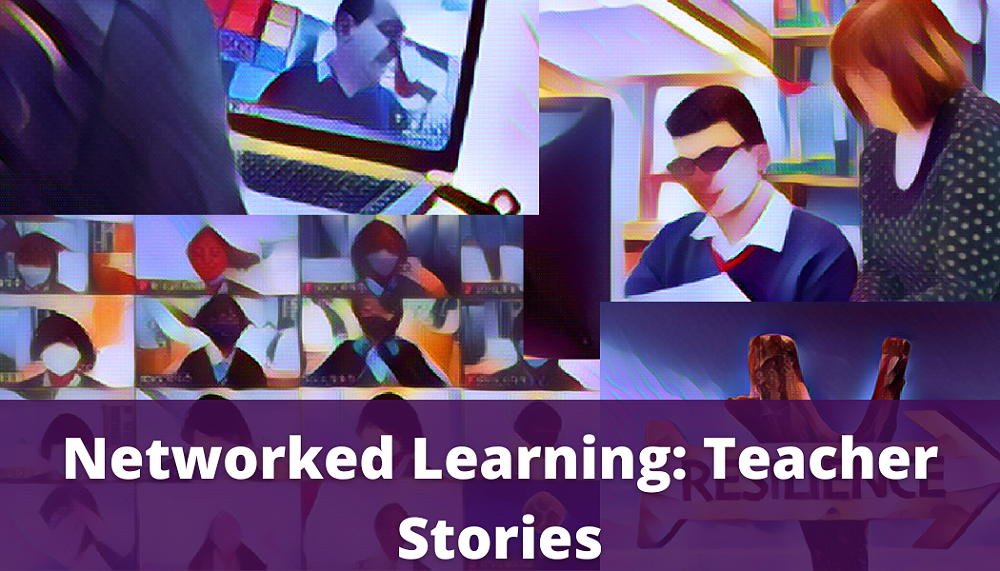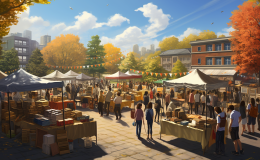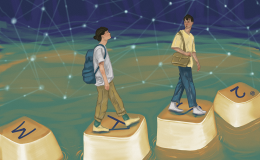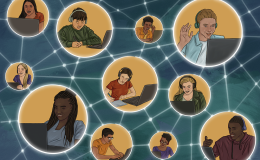I teach a Senior Philosophy course to around 16 learners spread across the country. They are located in places such as Ashburton, Darfield, Leeston, Hurunui, Wanaka, Queenstown (all in the South Island), Tuakau, Taupo, Whakatane, and Palmerston North (all North Island).
I don’t travel to these schools, nor do the learners. We don’t congregate face to face each week. It is of course, all enabled by the internet, through a mix of asynchronous and synchronous technology. The best way of capturing it is by using terms such as networked learning / networked education / networked schooling.
Using the internet to enable learning is far from foreign in this day and age. Covid-19 has meant every kaiako (teacher) in the country has experienced this environment. However, I have been teaching in that environment for over thirteen years. And despite the fact that all kaiako have had to teach online, they have not taught in a networked environment. I am officially a registered teacher at Ashburton College. They are actually the provider of my course. A course that only has one Ashburton College ākonga (learner) enrolled! As I said, all the other ākonga are spread around the country. Ashburton College provides four further programmes like this. Four networked programmes that are actually available to schools (kura) and ākonga across the country. Why would they do this? Well, why wouldn’t you? Why wouldn’t you work with a nationwide network of kura that together provide a significantly broader curriculum than you could ever hope to offer individually. There is more to it though, because this environment is an enormously rich place for our ākonga, kaiako and kura to grow in. It is another community across communities.
This has existed in some form since 1994. Largely rural for many years, it has grown well beyond that. Why is it not an embedded part of our education system? Why don’t all kura operate like this? The answers to that are many and complex, although it may have something to do with it being a grassroots movement. Aided by the Ministry of Education at times, but largely outside of the system. Well, sort of. Maybe something to do with Tomorrow’s Schools? Anyway, those questions have been explored and answered many times before. That is not the focus here.
As a kaiako in this environment, I do not consider myself a distance educator. That is an anachronism in these times. My wife works for a large international IT company in a distributed team. They use the internet as we do. Is she a distance worker? Of course not. I don’t even consider myself an online teacher (or eTeacher). What is that? It shouts “difference” at full volume. I am a teacher, like every other teacher in this country. There is no difference. My practice rests on the same principles. People are important. Relationships are important. Manaakitanga and Whanaungatanga. Belonging, connection, caring. All important. Learning. Vital. It just happens that the mechanisms I use to enable these things are entirely internet based. That in itself requires me to think about things a little differently. I have to think outside the box a little more. I can’t simply stroll up to a learner and have a conversation. I can still have that conversation though. It could be live. It could be at different times. It will happen though. It is all about intent. Dispositions. What you value as a teacher.
As I mentioned earlier, if we have to use a term outside of just “teaching and learning” perhaps, “networked teaching and learning” best captures the environment without significantly changing it or creating some sort of inadvertent deficit mindset. I work with a community of learners, located in their own community, across a distributed community. It is a privilege to teach in such an environment. Perhaps it is a privelige for ākonga as well, although I think it is more a right every single one of them has. A right to access broad curriculum and learning opportunities, to learn in an enriching environment and to prepare for the world we live in. It is perhaps a right for every kaiako as well.
Education at a local level is important. There is something special about working with ākonga from your local community. It is vital. The local kura is an integral part of any community. There is also something special about working with ākonga distributed across kura, especially when it supplements and naturally works with the local. Rather than replacing it. These young people would never have had the opportunity to meet each other without this Philosophy course. Never had the chance to actively work, connect and learn with others from across New Zealand. I have seen strong friendships develop so many times. They have had the opportunity to learn with like minded young people with a similar interest in asking “why?”. Such opportunities can be significant in small communities. They can also be significant for those who find the ‘distance’ between people is far greater locally. Akonga who are on the outside of peer friendship groups. Who may only interact with a small number of people. Why wouldn’t we want to enable such an environment? Why as a kaiako, would we not want to have such an opportunity ourselves?
Our Philosophy community meets synchronously using video conferencing once a week. This is an important point of face to face type interaction. It goes someway (although not entirely) towards replicating the sense of immediacy we get when face to face. We see each other as live people, not as icons on a screen. For the rest of the week we learn asynchronously using an online hub as our homebase (although there may be some needs based video conferencing here and there). Our central point for all activity. My group uses a platform called Mattermost. It is highly interactive, discussion based and collaborative. We have a weekly check in to touch base, share our weekend, highlight what is on top for the week. All ākonga then work through the week’s learning (usually a part of a longer block of learning) which will include a mix of reading, research, online discussion, inquiring and knowledge building. They are able to spend some time working independently, but this is mixed in with a highly connected environment they all contribute to. All working as a learning community together. Well, that is the intent anyway.

Sometimes this is vibrant, active and lively, other times quieter and more introspective. Sometimes ākonga lose their way, become distracted (often by NCEA assessment from other courses), fall behind a little or a lot. No one is perfectly self-managing after all. We all have times we lose our way. I keep an eye on this though. I know when it is happening and I can respond. Sometimes with their school support who will be able to get alongside ākonga onsite. That is all okay. It happens face to face as well. We have to give ākonga the opportunity to fail, to receive support and to continue to develop. It is an ideal environment for growing these sorts of competencies.
Sometimes I make mistakes as their kaiako. As I keep trying to find better ways of meeting needs. Of growing a learning community. The latter is far from easy. That is okay as well. I find ākonga are generally fairly forgiving when something doesn’t work. As long as they trust you and know you are working in their best interests. This is where relationships are important.
As someone working at a leadership level, I continue to scratch my head at why a networked education approach isn’t more embedded nationally. Or embedded in every education system. However, as a teacher I can at least reflect on and enjoy the many rich opportunities it has given me. The people I have got to work with. The connections between young people who would have never met face to face. That isn’t a dystopia. It is only a dystopia if the local has disappeared and it is all we do.
The thing is, networked education is about sustaining local communities not replacing them.
By Darren Sudlow
